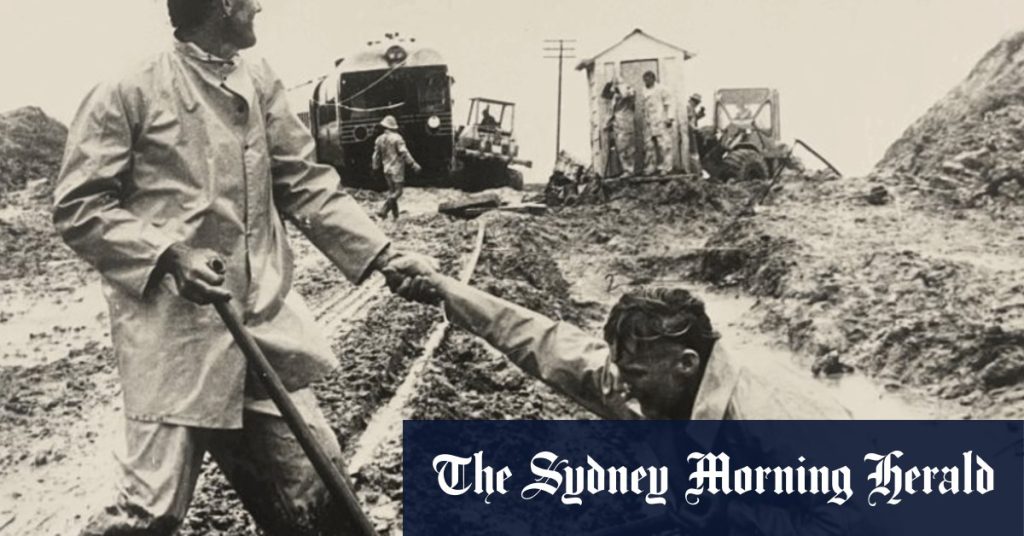Summarize this content to 2000 words in 6 paragraphs Gwen Hohnke was 17 years old when she found out her fiance, Neville, had just gone under a train wagon while working at the Taree railway yard. The young shunter had lost both his legs.“They sent one wagon down and the brakes failed, but he managed to stop it,” she said of the accident in 1955. “Then they sent down the other one and it hit and dragged him underneath. He was conscious the whole time. He couldn’t work out why he could see his boot way down the line.Gwen Hohnke at the National Rail Monument wall of remembrance in Werris Creek.“He survived thanks to the head shunter, who was there quickly with tourniquets and the first aid kit.”Today’s rail network is safer, Tracksafe Foundation executive director Heather Neil says, but dozens of people are killed or injured each year, and rail workers traumatised by events they witness.At least five passersby have been fatally struck by trains at Sydney stations this year, including a man and his two-year-old daughter killed at Carlton last month when a pram carrying the child and her twin sister rolled onto the tracks.“These freak events just knock people around,” Neil said. “We can only imagine how difficult it is for all the rail workers involved, including that train driver, who will be haunted by this for the rest of their life.”A volunteer adds a name to the Wall of Remembrance at the Werris Creek National Rail Monument.On average, 83 people die on the national rail network each year, mostly through suspected suicide. About two rail workers a year die on the job.Industry representatives will travel to the National Rail Monument at Werris Creek, near Tamworth, on Monday to remember those killed, injured or affected by rail accidents as part of Rail Safety Week, which Transport for NSW secretary Josh Murray said served as an important reminder of the dangers associated with operating train networks.


